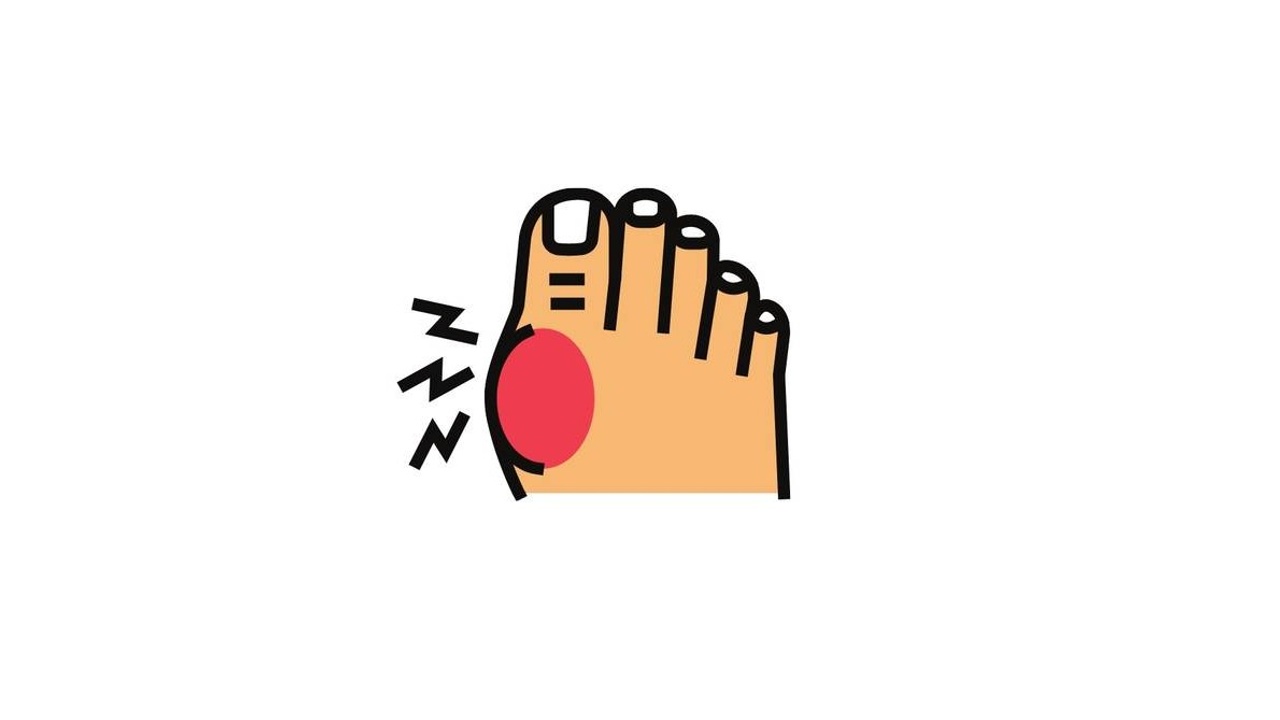
Bunion Pain - Everything You Need To Know
May 12, 2022Bunions are one of the most common issues that we treat from week to week at Foot Corner. They are something that our patients are usually very worried about as they usually don’t want to end up like a friend or relative who they say have “terrible feet”.
A bunion is a bony bump that forms on the joint at the base of your big toe. It forms when your big toe pushes against your next toe, forcing the joint of your big toe to get bigger and stick out.
Here are a few facts and tips that should help to put you at ease if you are worried that you are developing bunions.
- Muscular Imbalance - Bunions are initially caused by a muscle on one side of the big toe joint being stronger than a muscle on the other side. Muscles will always adapt to their shortest length, so when one muscle starts to win the fight over the other, it continues to pull and put extra tension on one side of the joint.
- Bony Changes - After the muscle imbalance has begun to deform the joint, the body lays down extra bone or a “bump” in order to protect the joint. This is technically a form of arthritis.
- Pain - Bunions can develop over time and become, however, sometimes patients can have very developed bunions with no pain at all. It generally varies from person to person.
- Loss of Movement - The big toe joint is designed to move in one direction which is straight forwards and backwards. When a bunion develops, it forces the big toe joint out of it’s optimum plane of movement. In turn, this causes a loss of movement at the joint as it is not able to function as intended.
- Pain in Smaller Toes and Joints - The big toe joint is responsible for taking 75-80% of bodyweight when we walk. When the joint is not functioning correctly, either because of a bunion or a different reason, the foot compensates and pushes some of this load onto the small toes and their corresponding joints. As these joints are not designed to take that much load, it is common to see the development of pain and issues in the smaller joints.
- Footwear - It is commonly thought that tight-fitting footwear is the cause of bunions, however this is not the case. Bunions are a hereditary condition which are generally passed on from a person’s parents. Although footwear is not wholly responsible for the development of bunions, it can make the issue worse. Tight fitting shoes tend to squeeze the bunion and can cause a multitude of issues, such as causing pain in a non-painful bunion, irritation of the skin over the bunion and the formation of callus and corns.
Go to see your Podiatrist - Bunions are one of the most common issues a podiatrist will see. They are able to diagnose, and treat any issues you may be having and will educate you on how to care for your bunion and prevent pain.

